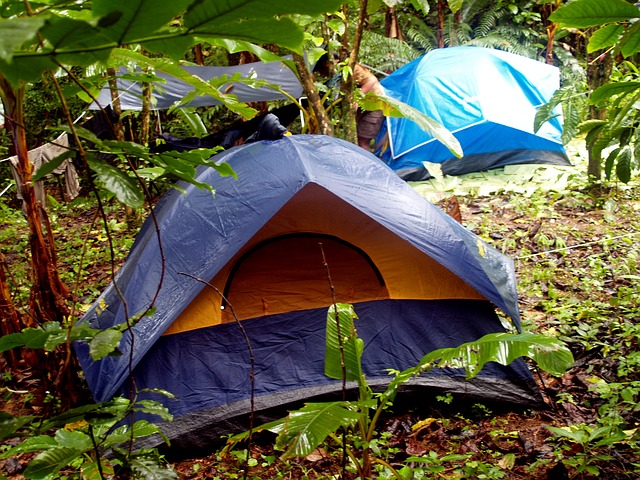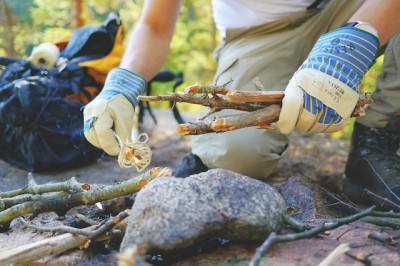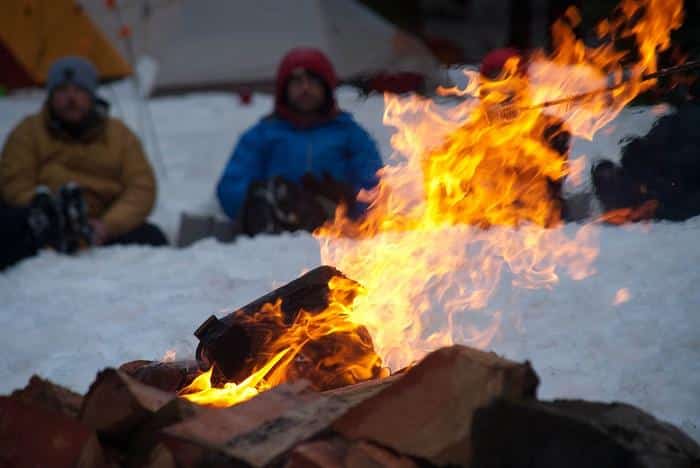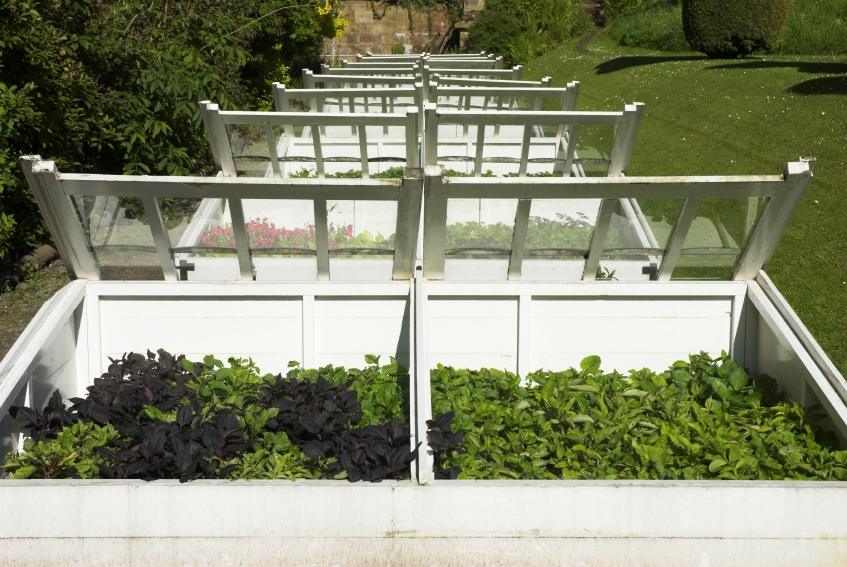
Bushcraft, or the skills and knowledge to live in the wild, is seeing a huge growth in popularity these days.
This is evident not only due to the tremendous popularity of TV programs showcasing survival, but also from the rapid increase in books available on the topic, in bushcraft schools, and in the popularity of bushcraft videos on YouTube. It is plain to see that many Americans fully recognize the new era we have entered with our technology and realize a vast storehouse of fundamental knowledge is on the cusp of being forgotten.
Thankfully, they also recognize the value of ancestral knowledge. Droves of people realize this dilemma and wish to learn the foundational skills of our past.
With that said, bushcraft can seem like an enormous undertaking for a beginner. The task of learning all the skills, gaining all the wisdom, and bundling them together for full-fledged survival requires a tremendous amount of knowledge and experience. This is especially true for people who are completely removed from the wild. Experienced bushcraft and survivalists such as Ray Mears, Les Stroud, Cody Lundin, Dave Canterbury, and so on possess so much understanding that the common working man can’t seem to hope to match them.
Restore Your Old Blades To A Razor’s Edge In Just Seconds!
Thankfully, bushcraft doesn’t necessarily require a full-blown Bushcraft University degree in order to be useful to the average person. Much of bushcraft boils down to one necessary skill, and then builds off that skill. To be sure, people who live immersed in the natural world gain encyclopedic knowledge of the plants, animals, systems and relationships of the world, and that takes time. However, until you reach that point, the most important skill you can have is the ability to be creative.
Bushcraft can seem like a series of disconnected skills, knowledge and practices. Part of this apparent disconnection is the way we get our information. Many people watch the aforementioned survivalists tackling new ecosystems every episode. On one episode they might be in the Amazon, the next in the Sahara, and then on a deserted island somewhere. These experts then typically showcase a few unique answers to the same fundamental questions every primitive society answered: How do we eat, get water, stay clothed, and stay out of the elements? In reality, that is not how bushcraft must work. I want to stress the fact that this is not a slam on those experts. In fact, to me it proves their incredible storehouse of knowledge. For most people, though, bushcraft simply isn’t that way.
Bushcraft requires creativity more than anything else, because once you understand some of the very basic concepts, it becomes the process of you looking around your own unique landscape and answering those basic questions with your available resources. There is an abundance of examples to support this idea.

You can start by examining different aspects of Native American societies – moccasins, for example. People in the 500 diverse and independent nations who lived here before Columbus generally used footwear of some type. This generally, not always, required the knowledge of hide tanning. Once the hide was tanned, it was up to the creativity of the builder to create the best moccasin for their environment. Some were soft, some were stiff, some were short, others were tall. Some societies needed footwear for the desert and others for the arctic. The types of animals to be used were different, as well. Each tribe came up with creative answers for their particular region.
Homes are another example. People across the land needed a place to take refuge from the elements. Again, there are a few basic necessities that must be met. Shelters must be weatherproof, must be constructed with available materials, and must meet the unique demands of the environment. Other than that, shelters were created with a thousand creative answers to the single question. There were teepees, longhouses, wigwams, igloos, adobes, stone houses, wickiups and many other designs. It didn’t require a degree; it required a person to scan an environment, understand some basic knowledge, and then use their problem-solving brain to figure out the best way to build it. There isn’t one right answer in how to build a good shelter; there are a variety of answers depending on where you are and depending on your situation.
New Solar Oven Is So Fast It’s Been Dubbed “Mother Nature’s Microwave”
Here is one final example: Prior to European contact, Native societies generally created projectile points out of stone, bone and wood. These were the best materials available and did the job nicely. After contact with Europeans, though, steel was introduced to these nations. The fondness certain Native societies developed for steel has been much studied and is easily apparent. People generally began to trade for steel points for a variety of reasons. What many people don’t realize, though, is that Native people actually began to build their own points and knives from scavenged steel — wagon wheels, barrels and various other objects made of steel would occasionally be discarded and left as litter. Once discovered by Native people, they could be processed to make the same steel points traders brought. In addition to steel, glass also was widely used, as it, too, was found in great volume. As a new resource hit the scene, creativity took over and people began to answer old questions in a new way.
This should not be viewed as a proclamation to avoid learning. There is a huge storehouse of knowledge to acquire in order to fully submerge yourself in the outdoors. Gaining that knowledge takes time — and the guidance of experienced people. That being said, once you understand the basic processes to make cordage, fire, points, shelters and other tools, the question becomes how do you apply that in your particular area?
As stated, there were 500 unique cultures in North America prior to European contact, and creativity created thousands of different answers to the same basic questions all people of the world face.
So the next time you find yourself absorbed in YouTube survival video, ask yourself: “How could I apply the same concept in my area?” Your creative answer might surprise even yourself.
Do you agree or disagree? Share your thoughts in the section below:
Follow the author through his Facebook page or Twitter feed.
Learn How To ‘Live Off The Land’ With Just Your Gun. Read More Here.












